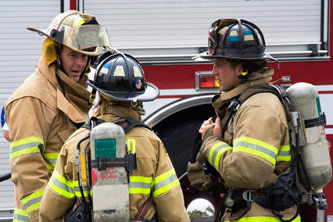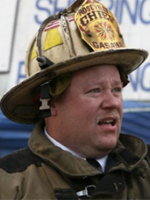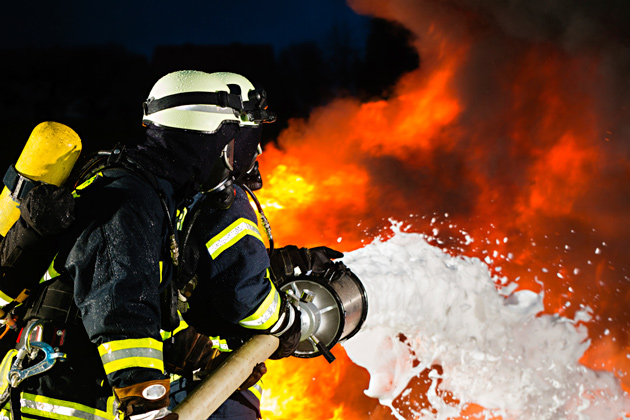Blog by Peter Dove
Shared Values Associates
Have you ever been in a situation where you see behavior within the organization that is not right and something really ought to be said … but by whom? While homicide is extremely rare in the workplace, people have been killed for telling the uncompromising truth since the time of Christ and before.
What happened to the last guy who told the boss which cow ate what cabbage? In the workplace, it is usually perceived as unsafe to speak out, but what is the alternative?
There comes an opportunity for all of us – a moment of truth – to take a stand and say it, and most of the time it is the little things: She didn’t bring back the stapler – again. He needs a breath freshener. She shouldn’t have taken that tone in front of us all. He needs to think more about us and less about himself.
Sometimes it is the big things. Rather than tell the uncompromising truth, David Duncan of Arthur Anderson shredded documents for Enron. John Manville, Inc. knew about the lung-crunching of Asbestos in the 1930s, yet said nothing. David Myers knew about the fraud of reclassifying expenses at WorldCom in 2002. More recently, GM knew about the faulty ignition switches for at least 10 years, but senior managers said nothing and people died as a result. Mary Barra, now CEO, has stepped up to the plate and is doing what she can to make things right.
The funny thing about the people who perpetrated the lies is that generally speaking, they were honest people. David Duncan graduated high school with honors, was a church-going family man. David Myers also graduated with honors, was a family man with a conscience and was deeply disturbed about his misdeeds to the point of attempted suicide. Why do good people do cowardly, dishonest things that harm others?
The Pumpkin Story
There is an interesting story told by a dear, late friend and author, Lou Tice. He was at the Washington State Fair, an institution here in Western Washington held every September. It seems that in the Most Unusual Vegetable category, the blue ribbon was awarded for a pumpkin that looked not a little, but exactly like a jug. When the judges asked how the farmer managed to grow such a squash he answered, “That was easy. I just planted a pumpkin seed inside of a jug, let it grow, broke the jug when the pumpkin couldn’t get any bigger and brought it to the fair.”
The culture you work in is the jug, and you are the pumpkin. The jug is the context and people, both good and bad tend to conform to the organizational context, just like Duncan and Myers. Guess what the context was like among the senior team at Enron and WorldCom – arrogant and dishonest. So, heretofore honest, upright people tend toward conforming to that jug. It happens all the time.
The good news is jugs are not good or bad, and you get to make the jug. How? The answer is through shared values and one of those values is telling the uncompromising truth. People deserve the truth, and when they haven’t received it, they feel betrayed and disempowered. An important teacher of mine, the late Stephen Covey said, “Unexpressed feelings are buried alive and come back later in ugly ways.”
As you read this article, picture a conversation with your workgroup about getting into agreement using these suggested guidelines. We’ve been using them successfully with companies for more than 20 years, maybe they will work for you as well.
Treat Others with the Uncompromising Truth
1. Am I discussing the issue with the other person within 24 hours?
2. Am I asking the other person for permission to communicate? “Is this a good time to talk?”
3. Am I approaching the other person in a non-threatening way?
4. Am I straight talking without intending to hurt the other person’s feelings? Is my language simple, understandable, non-apologizing and non-personal?
5. Am I making a request of the other person and not a complaint? Is my request telling the other person how I would like it to be?
Proactively creating the work environment context means dedicating a conversation(s) among your workmates to gain agreement about behavior up front. There is much power in agreement. Create a covenant, a sort of contract, a meeting of the minds beforehand. Then, when a situation arises, which I personally guarantee it will, you and everyone else in your work environment are prepared.
You have a way to go, a principle centered method of how we are going to be with each other. When the moment of truth arises, tell the other person what you are doing. This reminder helps both of you get through a difficult conversation.
Please keep in mind that this covenant you are creating with your people is a process and a long conversation. It requires courage, character, patience and resolve. It’s risky and not something all of you will agree to as evinced by behavior. Nor will you accomplish this mutual understanding by next Tuesday, or even next month, but you may by next year.
You will find this or any other guideline difficult to establish because the uncompromising truth for firefighters will be tested perhaps daily, but testing is the only way it gets stronger. One thing is sure – you can’t build the jug you want without the truth. Though difficult to imbue, once this value has been institutionalized, it is very hard to kill off and know this … the truth will set you free.
- Lasting Change by Rob Lebow, pp 64-69
About the Author
Peter Dove, is president of Shared Values Associates, a firm dedicated to corporate culture design. Learn more about Peter Dove at www.peterdove.com.
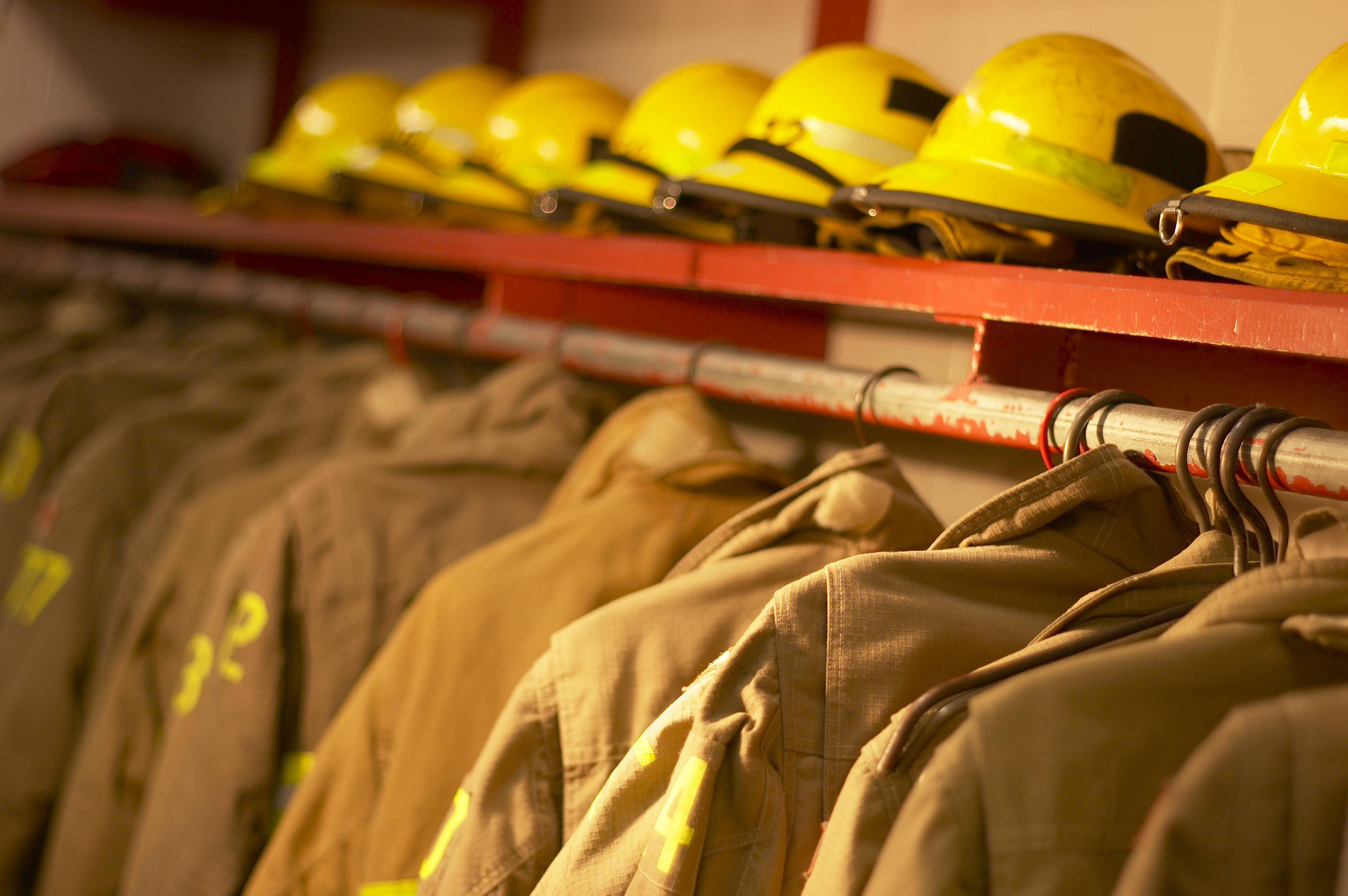


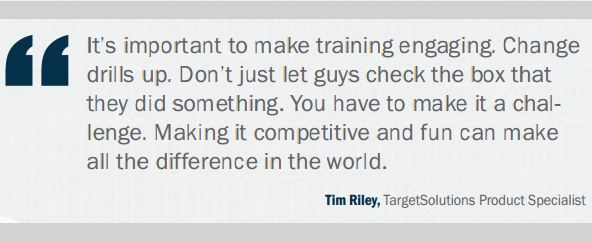

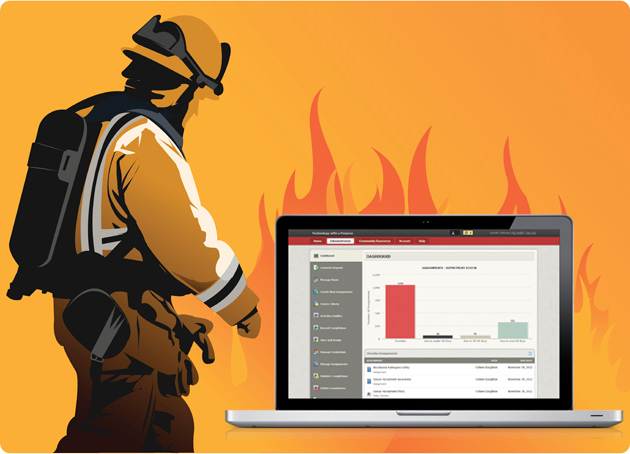
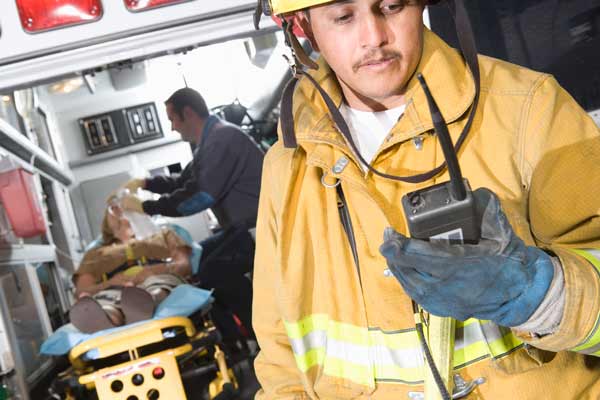



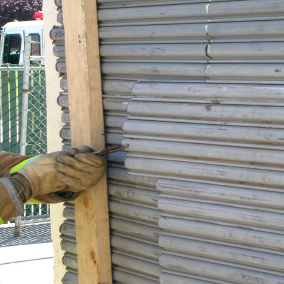
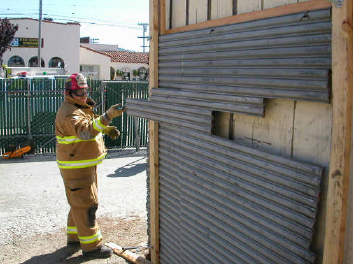
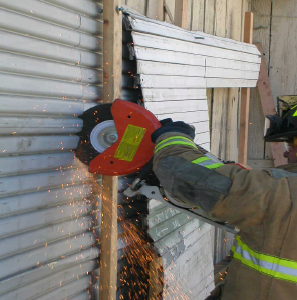
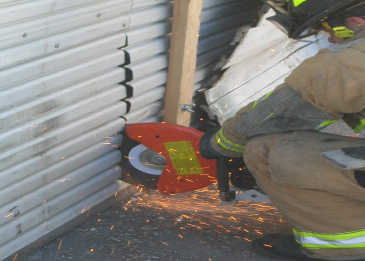


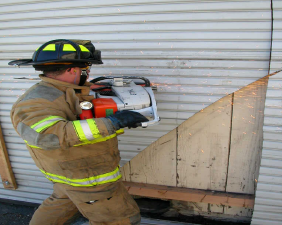

 Ed Hadfield has more than 26 years of fire service experience after rising through the ranks from firefighter to division chief. He is a frequent speaker on leadership, sharing his experiences within the fire service and also with corporate and civic leaders throughout the United States. For more on Hadfield, please check online at
Ed Hadfield has more than 26 years of fire service experience after rising through the ranks from firefighter to division chief. He is a frequent speaker on leadership, sharing his experiences within the fire service and also with corporate and civic leaders throughout the United States. For more on Hadfield, please check online at 
 Conduct a ‘needs assessment’ to determine your members’ training needs vs. training wants
Conduct a ‘needs assessment’ to determine your members’ training needs vs. training wants